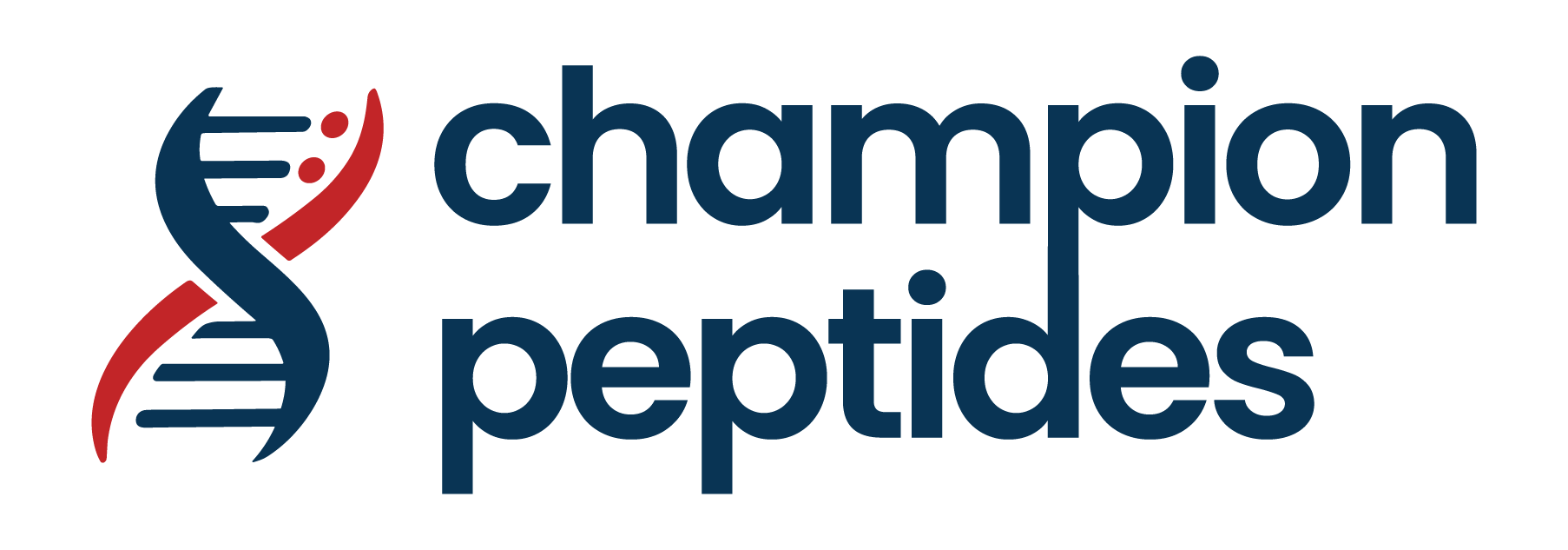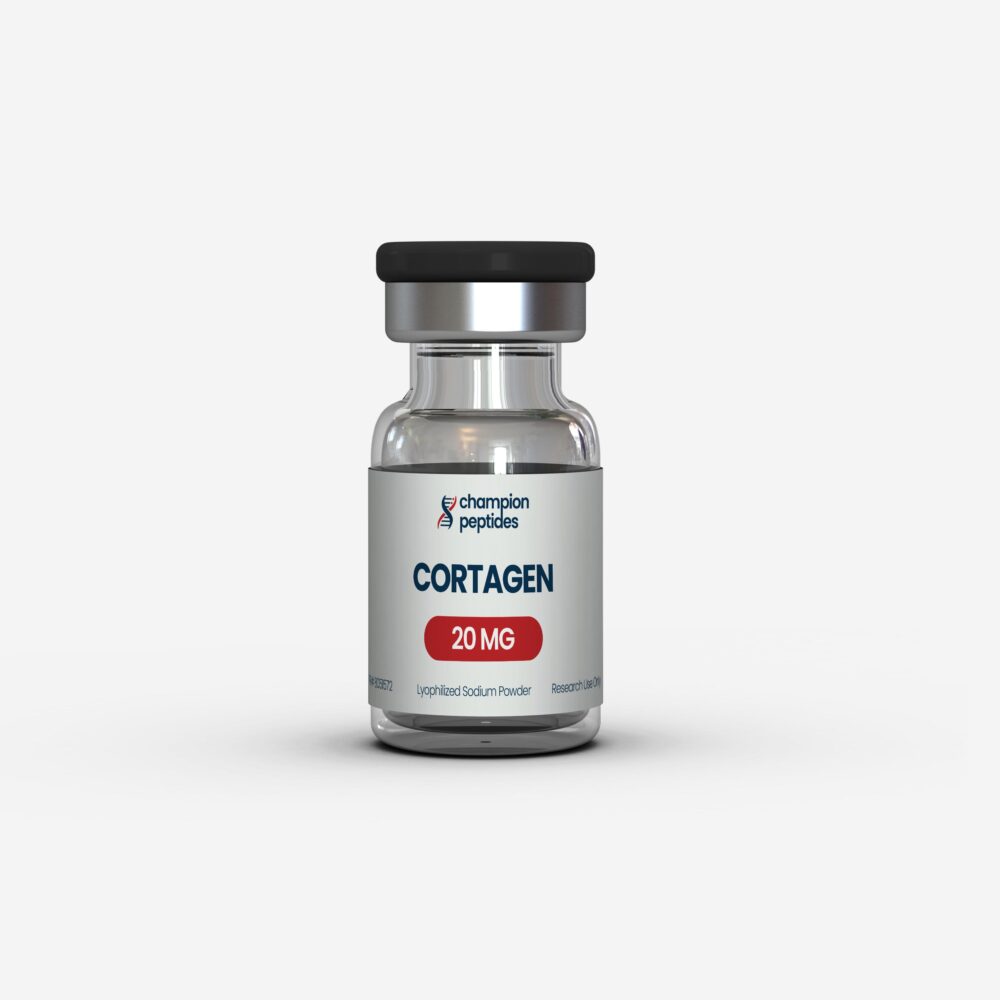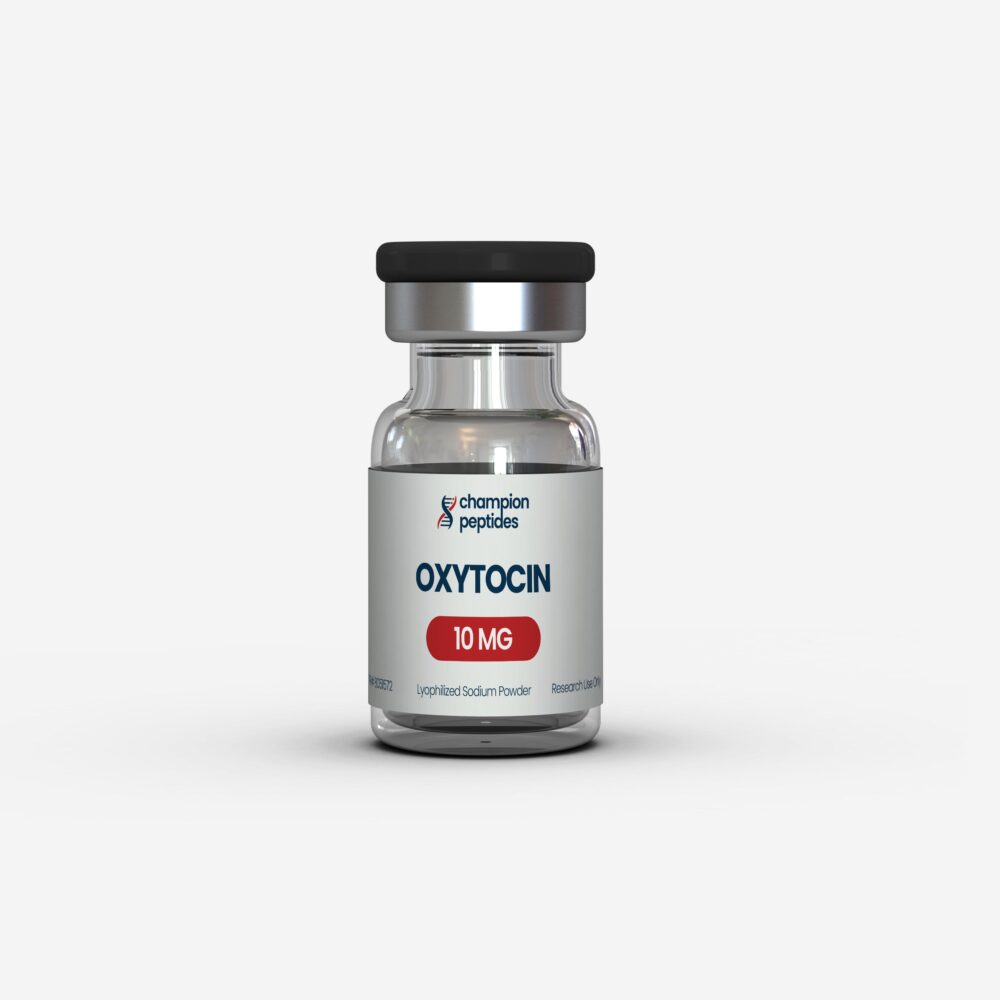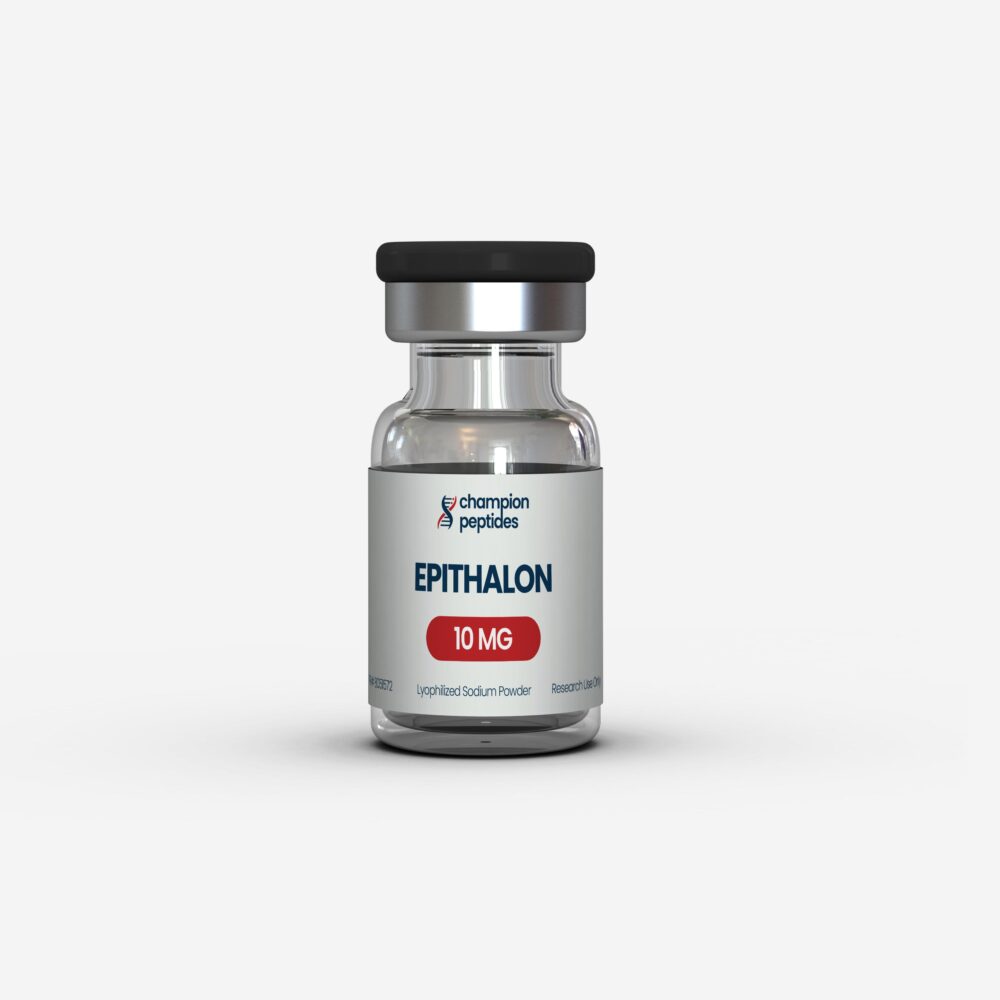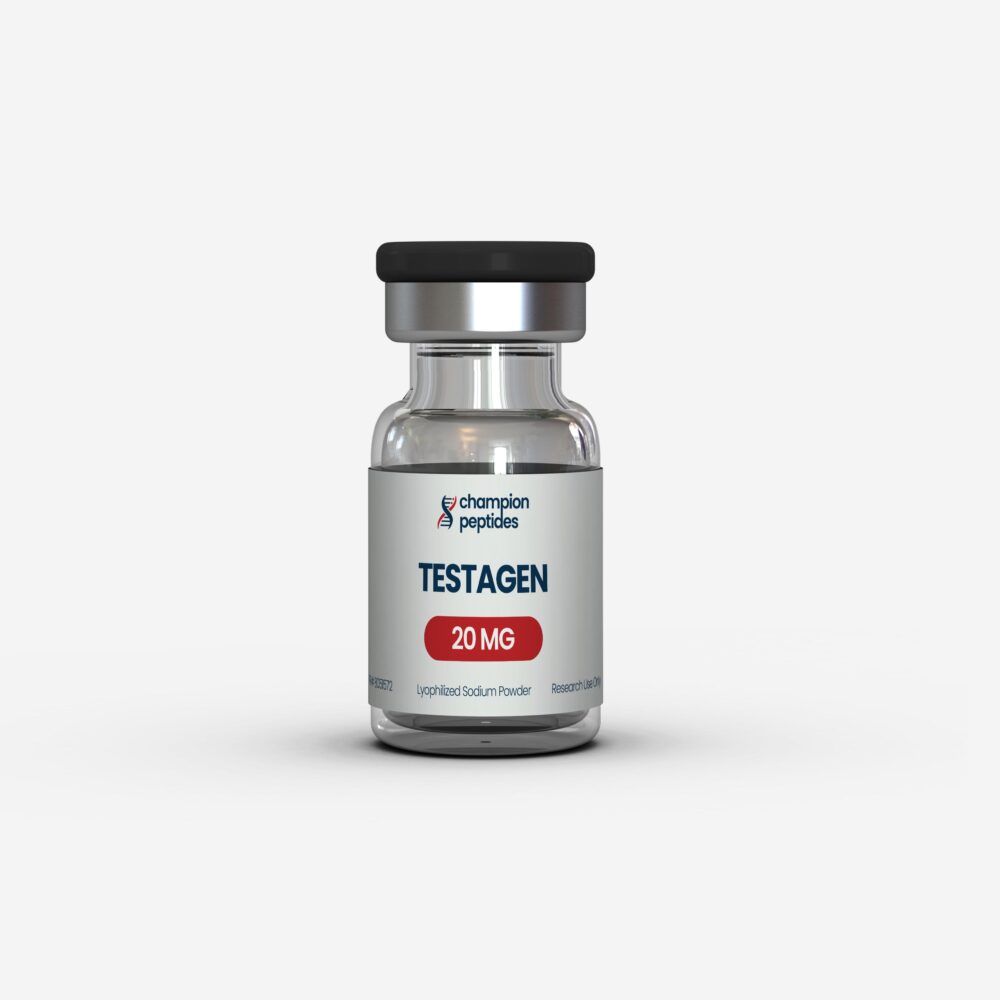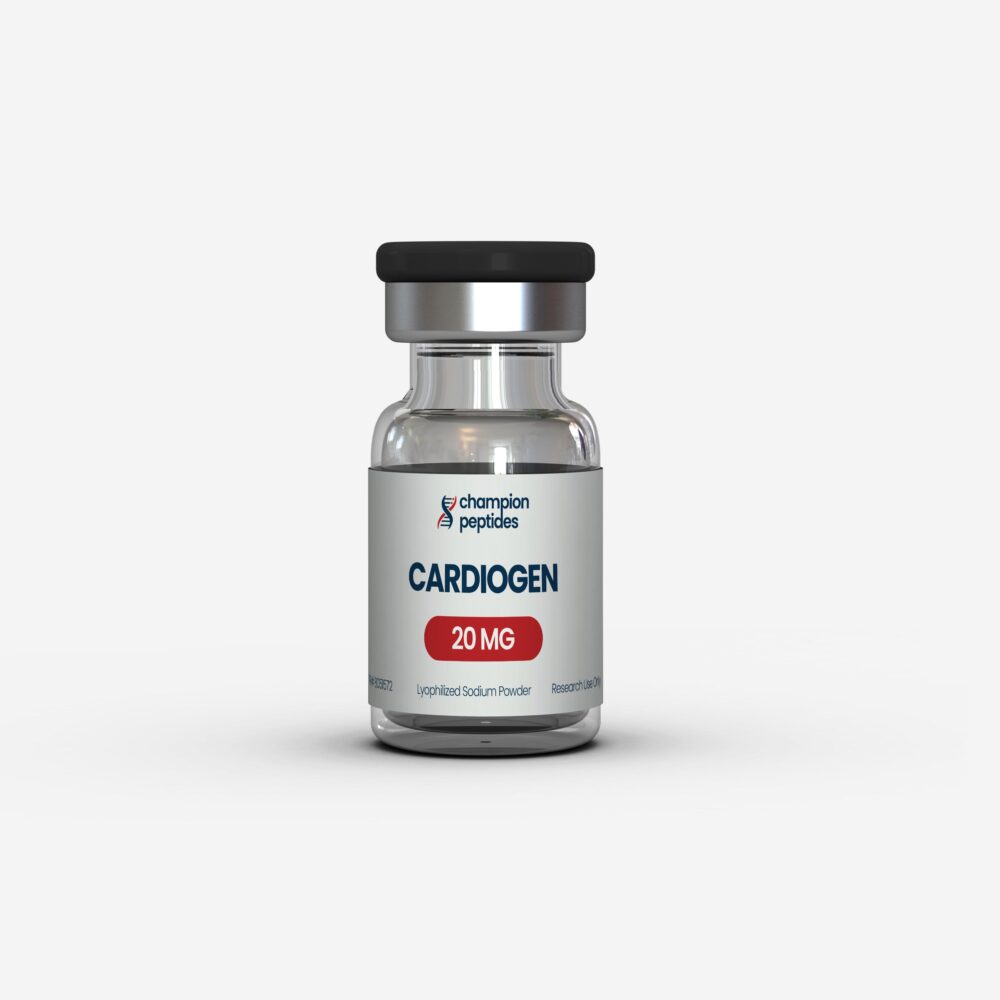- Ipamorelin demonstrates selective ghrelin receptor activation with minimal cortisol elevation in clinical studies
- Research shows 87.5% tolerability in postoperative clinical trials with significant gastroprokinetic effects
- Laboratory studies reveal potent anti-nociceptive properties in visceral and somatic pain models
- Current investigations focus on applications in postoperative ileus management and metabolic research
- Comparative analysis indicates superior selectivity profile versus other growth hormone releasing peptides
Contents
Scientific Overview and Mechanisms
Ipamorelin represents a highly selective growth hormone secretagogue that has garnered significant attention in contemporary peptide research. This pentapeptide functions as a ghrelin receptor agonist, specifically targeting the GHSR1a receptor with remarkable selectivity. Unlike broader-spectrum growth hormone releasing compounds, this peptide demonstrates a unique mechanism that minimizes unwanted hormonal cascades while maximizing growth hormone stimulation.
The molecular structure of this compound incorporates strategic modifications that enhance its bioavailability and receptor specificity. Research conducted by Fowkes et al. (2018) demonstrated that peptide compounds with similar structural characteristics show enhanced blood-brain barrier penetration, a critical factor for central nervous system applications. The peptidomimetic nature of ipamorelin allows for improved stability compared to endogenous ghrelin while maintaining potent biological activity.
Recent investigations have revealed that ipamorelin’s mechanism extends beyond simple growth hormone release. Laboratory studies indicate significant effects on gastric motility, pain perception, and metabolic regulation. The peptide’s ability to selectively activate ghrelin receptors without substantially affecting cortisol or prolactin levels represents a significant advancement in growth hormone secretagogue research.
The compound’s pharmacokinetic profile demonstrates rapid onset with sustained effects, making it particularly valuable for research applications requiring precise temporal control. Studies have shown that the peptide maintains biological activity through various administration routes, with parenteral delivery showing optimal bioavailability in laboratory models.
Ipamorelin Research Protocols
Laboratory research protocols for ipamorelin demonstrate significant variation based on intended research applications and model systems. Clinical investigations by Beck et al. (2015) established foundational dosing parameters in human subjects, providing critical guidance for research protocol development.
| Research Application | Dose Range | Administration Route | Frequency | Duration |
|---|---|---|---|---|
| Gastroprokinetic Research | 0.03 mg/kg | Intravenous | Twice daily | 7 days |
| Growth Hormone Studies | 1-3 mg/kg | Intraperitoneal | Daily | 21 days |
| Nociception Research | 0.014-0.14 μmol/kg | Intravenous | Single dose | Acute studies |
| Metabolic Investigations | 1-3 mg/kg | Intraperitoneal | Every 24 hours | 72 hours |
The postoperative ileus research conducted by Beck et al. represents the most comprehensive clinical protocol to date. In this randomized, double-blind study involving 117 patients, ipamorelin administration at 0.03 mg/kg twice daily demonstrated significant safety profiles with 87.5% of subjects experiencing no treatment-emergent adverse events.
Research protocols for gastroprokinetic applications require careful consideration of timing relative to feeding states. Greenwood-Van Meerveld et al. (2016) established that ipamorelin’s effects on gastric emptying are most pronounced when administered in fasted states, with effects measuring 15 minutes post-intragastric challenge using technetium-99m sulfur colloid markers.
Laboratory investigations into ghrelin receptor mechanisms typically employ dose-response protocols ranging from 1-3 mg/kg. Gouda and Ganesh (2024) demonstrated that this dosing range produces significant elevations in luteinizing hormone and 11-ketotestosterone levels in fish models, providing insights into reproductive axis interactions. These protocols typically span 21-day periods to capture both acute and chronic responses.
For nociception research applications, lower doses in the micromolar range prove effective. Mohammadi et al. (2020) established that doses as low as 0.014 μmol/kg produce measurable anti-nociceptive effects in visceral hypersensitivity models, demonstrating the compound’s potency in pain research applications.
Comparative Research Analysis
Comparative research analysis reveals significant distinctions between ipamorelin and other growth hormone secretagogues in both mechanism and clinical profile. These differences have important implications for research applications and therapeutic development.
| Parameter | Ipamorelin | Sermorelin | Research Significance |
|---|---|---|---|
| Receptor Selectivity | High GHSR1a specificity | GHRH receptor specific | Different mechanistic pathways |
| Cortisol Effects | Minimal elevation | Moderate increase | Reduced side effect profile |
| Half-life | 2-3 hours | 8-10 minutes | Dosing frequency implications |
| Gastroprokinetic Activity | Potent prokinetic effects | Limited GI effects | Broader research applications |
| Clinical Trial Data | Phase 2 completed | Approved applications | Development stage differences |
Research investigations comparing ipamorelin to tesamorelin applications reveal distinct pharmacological profiles. While tesamorelin demonstrates superior growth hormone release magnitude in some studies, ipamorelin’s selectivity profile offers advantages in research settings requiring minimal hormonal interference.
The comparison with CJC-1295 presents interesting research considerations. Ferro et al. (2017) established that ipamorelin maintains consistent receptor binding activity across various metabolic conditions, while CJC-1295’s longer half-life may complicate dose-response relationship studies. This distinction becomes particularly relevant in research protocols requiring precise temporal control of growth hormone stimulation.
Analytical work by Thomas et al. (2013) provides comprehensive metabolite profiling comparing ipamorelin to other growth hormone releasing peptides. This research identified at least three distinct metabolites formed through exopeptidase and amidase activity, with metabolic patterns differing significantly from GHRP-2 and GHRP-6. These metabolic differences have important implications for research applications requiring extended monitoring periods.
The selectivity advantages of ipamorelin become particularly apparent in comparative receptor binding studies. Research by Worm et al. (2018) demonstrated IC50 values of 69 nM for ghrelin receptor binding, with minimal cross-reactivity to other G-protein coupled receptors. This selectivity profile represents a significant advantage over broader-spectrum compounds in research applications requiring specific pathway activation.
Clinical Research Evidence
Recent Studies (2020-2024)
Contemporary research investigations have significantly expanded our understanding of ipamorelin’s mechanisms and potential applications. The most comprehensive recent evidence comes from multiple research domains, including gastroprokinetic effects, nociception research, and metabolic investigations.
Lu et al. (2024) conducted groundbreaking research on anti-emetic peptide applications, demonstrating that ipamorelin administered intraperitoneally at 1-3 mg/kg significantly reduced cisplatin-induced weight loss by approximately 24% during delayed phase responses. This research utilized ferret models and established that both ipamorelin and anamorelin inhibited electrical field stimulation-induced contractions of isolated ileum, with ipamorelin achieving 54.4% inhibition at IC50 values of 11.7 μM.
Particularly significant findings emerged from intracerebroventricular administration studies, where ipamorelin demonstrated central nervous system penetration capabilities. The research established that brain penetration represents a critical factor for anti-emetic mechanisms, with centrally administered doses showing superior efficacy compared to peripheral administration routes.
Gouda and Ganesh (2024) provided novel insights into reproductive axis interactions through research in tilapia models. Their investigations revealed that 21-day administration protocols at 5-30 μg doses produced significant dose-dependent increases in food intake alongside enhanced spermatogenesis markers. Specifically, treatments resulted in significant elevations in primary spermatocytes, secondary spermatocytes, and early spermatids compared to control groups.
The research demonstrated significant increases in luteinizing hormone and 11-ketotestosterone concentrations in serum, with peptide research applications showing enhanced androgen receptor protein expression at higher doses. These findings provide important mechanistic insights into hypothalamic-pituitary-testicular axis interactions that may translate to mammalian research models.
Mohammadi et al. (2020) conducted sophisticated pain research investigations demonstrating ipamorelin’s anti-nociceptive properties. Their research employed visceral hypersensitivity models induced by dilute acetic acid colonic infusion, measuring visceromotor behavioral responses through graded isobaric pressure applications from 0-60 mmHg during colorectal distension.
The research established that ipamorelin significantly attenuated both colonic hypersensitivity and somatic allodynia compared to vehicle controls. Importantly, these anti-nociceptive effects were completely blocked by ghrelin receptor antagonist H0900 administration, confirming receptor-mediated mechanisms. The study demonstrated that peripherally restricted ghrelin mimetics could provide therapeutic benefits without central nervous system side effects.
Sinha et al. (2020) provided comprehensive analysis of growth hormone secretagogues in hypogonadal research models. Their review highlighted ipamorelin’s unique position among growth hormone releasing compounds, emphasizing its potential for addressing metabolic syndrome components and subclinical hypogonadism markers.
The clinical evidence base was significantly strengthened by Beck et al.’s (2015) randomized controlled trial in postoperative ileus management. This Phase 2, multicenter, double-blind investigation enrolled 117 patients undergoing small and large bowel resection procedures. The research protocol employed 0.03 mg/kg ipamorelin administered intravenously twice daily from postoperative day 1 through day 7 or hospital discharge.
Safety profiles demonstrated excellent tolerability, with 87.5% of ipamorelin-treated patients experiencing no treatment-emergent adverse events compared to 94.8% in placebo groups. While the primary endpoint of time to first tolerated meal showed trends toward improvement (25.3 hours vs 32.6 hours), statistical significance was not achieved in this proof-of-concept investigation.
Research Community Perspectives
Research community interest in ipamorelin has intensified significantly, with scientific discussions focusing on its unique selectivity profile and potential applications beyond traditional growth hormone research. Academic researchers have highlighted the compound’s advantages in studies requiring minimal hormonal interference while maintaining potent biological effects.
Laboratory investigators have expressed particular interest in ipamorelin’s gastroprokinetic properties, with research groups exploring applications in gastrointestinal motility disorders and postoperative recovery protocols. The peptide’s ability to enhance gastric emptying without significant cardiovascular or endocrine side effects has generated substantial research interest in academic medical centers.
Pain research communities have recognized ipamorelin’s potential in nociception studies, particularly for investigating visceral pain mechanisms and developing novel analgesic approaches. The compound’s ghrelin receptor selectivity provides researchers with a valuable tool for dissecting pain pathway mechanisms without confounding effects from other neurotransmitter systems.
Metabolic research groups have identified ipamorelin as a promising investigational tool for studying growth hormone’s effects on body composition, particularly in aging research and metabolic syndrome investigations. The compound’s favorable safety profile makes it attractive for longer-term research protocols that other growth hormone secretagogues cannot accommodate.
Recent research interest indicators suggest growing focus on combination protocols, with investigators exploring synergistic effects between ipamorelin and other peptide compounds. These investigations aim to optimize research outcomes while minimizing individual compound dosing requirements.
Development Timeline and Research Availability
The development timeline for ipamorelin reflects a structured progression through preclinical and early clinical research phases. Initial discovery and characterization occurred in the early 2000s, with subsequent optimization of synthesis and purification methodologies enabling larger-scale research applications.
Pharmaceutical development efforts have focused primarily on gastroprokinetic applications, with the most advanced clinical investigation being the Phase 2 postoperative ileus trial completed by Beck et al. Current research pipelines indicate continued interest in gastrointestinal applications, though no major pharmaceutical companies have announced definitive Phase 3 development programs.
Research availability has expanded significantly through specialized peptide synthesis facilities and research supply companies. Current manufacturing capabilities support both small-scale laboratory investigations and larger preclinical research programs. Quality control methodologies have been standardized, enabling consistent research protocols across different institutions.
The regulatory landscape for research applications continues to evolve, with increased emphasis on proper research compliance and institutional oversight. Research institutions have developed specific protocols for handling and administering growth hormone secretagogues in accordance with current research guidelines.
Laboratory Applications and Research Access
Laboratory applications for ipamorelin span multiple research domains, with protocols established for gastroprokinetic research, growth hormone investigations, and nociception studies. Research institutions have developed comprehensive handling and administration protocols that ensure consistent experimental conditions while maintaining researcher safety.
Current research protocols emphasize the importance of proper reconstitution techniques and storage conditions for maintaining compound stability. Research guidelines recommend storage at -20°C for long-term stability, with working solutions prepared fresh for each experimental session to ensure optimal biological activity.
For research purposes only, ipamorelin is available through qualified research supply companies that maintain appropriate chain of custody documentation and analytical certificates. Research institutions require proper institutional review board approval and researcher training before initiating peptide research protocols.
Laboratory access protocols typically involve collaboration with established research institutions or through properly licensed research facilities. Individual researchers must demonstrate appropriate training and institutional affiliation before gaining access to research-grade materials.
Research applications require careful consideration of experimental design, particularly regarding dosing protocols, administration timing, and outcome measurements. Successful research programs typically incorporate multiple analytical endpoints to capture the compound’s diverse biological effects.
Quality assurance protocols for research applications include analytical verification of compound identity and purity, with high-performance liquid chromatography and mass spectrometry representing standard analytical methods. Research institutions maintain detailed records of compound handling and experimental protocols to ensure reproducibility and regulatory compliance.
Frequently Asked Questions
What are the primary ipamorelin benefits observed in research studies?
Research studies demonstrate multiple benefits including selective growth hormone stimulation, gastroprokinetic effects, and anti-nociceptive properties. Clinical investigations show 87.5% tolerability rates with minimal adverse effects. Laboratory studies reveal significant improvements in gastric emptying and pain reduction mechanisms through ghrelin receptor activation. All research applications are intended for laboratory investigation purposes only.
How do ipamorelin side effects compare to other research peptides?
Research indicates ipamorelin demonstrates superior tolerability compared to other growth hormone secretagogues. Clinical studies show minimal cortisol elevation and reduced cardiovascular effects versus comparator compounds. Laboratory investigations reveal fewer off-target effects due to selective ghrelin receptor binding. Research protocols consistently report lower incidence of adverse events in controlled studies. These findings apply to research contexts only.
Is ipamorelin classified as a steroid in research applications?
Ipamorelin is not a steroid but rather a synthetic pentapeptide growth hormone secretagogue. Research characterization confirms its classification as a ghrelin receptor agonist with peptidomimetic properties. Unlike anabolic steroids, this compound works through natural growth hormone release mechanisms rather than direct hormonal replacement. Research applications focus on its peptide-based mechanism of action for various laboratory investigations.
What is the research comparison between ipamorelin vs sermorelin mechanisms?
Research reveals distinct mechanistic differences: ipamorelin activates ghrelin receptors while sermorelin targets GHRH receptors. Laboratory studies show ipamorelin produces longer-lasting effects with superior selectivity profiles. Comparative research indicates different cortisol elevation patterns and half-life characteristics. Research peptide comparisons demonstrate unique advantages for specific experimental applications requiring precise growth hormone modulation.
How are ipamorelin tablets different from injectable forms in research?
Research protocols predominantly utilize injectable formulations due to superior bioavailability and precise dosing control. Oral formulations face significant digestive degradation challenges that limit research applications. Laboratory studies demonstrate parenteral administration provides optimal pharmacokinetic profiles for research endpoints. Injectable forms enable accurate dose-response relationship studies essential for comprehensive research investigations. All formulations are intended for qualified research applications only.
What are the long-term ipamorelin side effects observed in extended research studies?
Long-term research data remains limited, with most studies spanning weeks to months rather than years. Available research suggests minimal accumulation of adverse effects with continued administration. Laboratory investigations show maintained receptor sensitivity without significant tolerance development. Extended research protocols require careful monitoring of growth hormone axis function and metabolic parameters. Comprehensive long-term safety data awaits completion of extended research investigations.
How do CJC-1295 ipamorelin combinations work in research settings?
Research combinations target complementary pathways: CJC-1295 provides sustained GHRH receptor stimulation while ipamorelin offers selective ghrelin receptor activation. Laboratory studies suggest synergistic effects on growth hormone release with potentially reduced individual dosing requirements. Combined research protocols require careful timing considerations due to different pharmacokinetic profiles. These combination approaches are being investigated for enhanced research outcomes in growth hormone studies.
What research shows ipamorelin before and after effects?
Research investigations demonstrate measurable changes in growth hormone levels, gastric emptying rates, and pain sensitivity markers. Clinical studies show 24% improvement in cisplatin-induced weight loss prevention. Laboratory protocols measure specific biomarkers including IGF-1 levels, gastric motility parameters, and nociception thresholds. Research timelines vary from acute effects within hours to sustained changes over weeks of investigation. All documented effects relate to controlled research environments only.
Conclusion
Ipamorelin represents a significant advancement in growth hormone secretagogue research, offering unique selectivity profiles and diverse research applications that extend well beyond traditional growth hormone studies. The comprehensive research evidence demonstrates its potential across multiple investigational domains, from gastroprokinetic research to pain mechanism studies.
The clinical research foundation established by Beck et al.’s Phase 2 investigation provides critical safety and tolerability data that supports continued research development. With 87.5% of subjects experiencing no treatment-emergent adverse events, the compound’s research profile supports expanded investigation into novel therapeutic applications.
Comparative research analysis reveals distinct advantages over other growth hormone secretagogues, particularly regarding selectivity and side effect profiles. The minimal cortisol elevation and absence of significant cardiovascular effects position ipamorelin as an ideal research tool for investigations requiring precise growth hormone modulation without confounding hormonal effects.
Current research community interest spans multiple disciplines, with investigators exploring applications in gastrointestinal research, pain mechanisms, and metabolic studies. The compound’s unique mechanism provides researchers with valuable tools for dissecting complex physiological pathways while maintaining experimental control.
Future research directions will likely focus on combination protocols and extended investigation periods to fully characterize the compound’s research potential. The availability of high-quality research materials through specialized research peptide suppliers enables continued scientific investigation across multiple research institutions and academic centers.
As research investigations continue to expand our understanding of ghrelin receptor biology and growth hormone physiology, ipamorelin’s position as a premier research tool appears well-established. The compound’s unique combination of selectivity, tolerability, and diverse biological effects ensures its continued importance in advancing peptide research and our understanding of complex physiological systems.
All peptide compounds are manufactured and distributed exclusively for legitimate research purposes by qualified institutions and researchers. Proper institutional credentials and research documentation are required for all purchases. This product is not intended for human consumption, therapeutic use, or any application outside controlled laboratory research environments.
